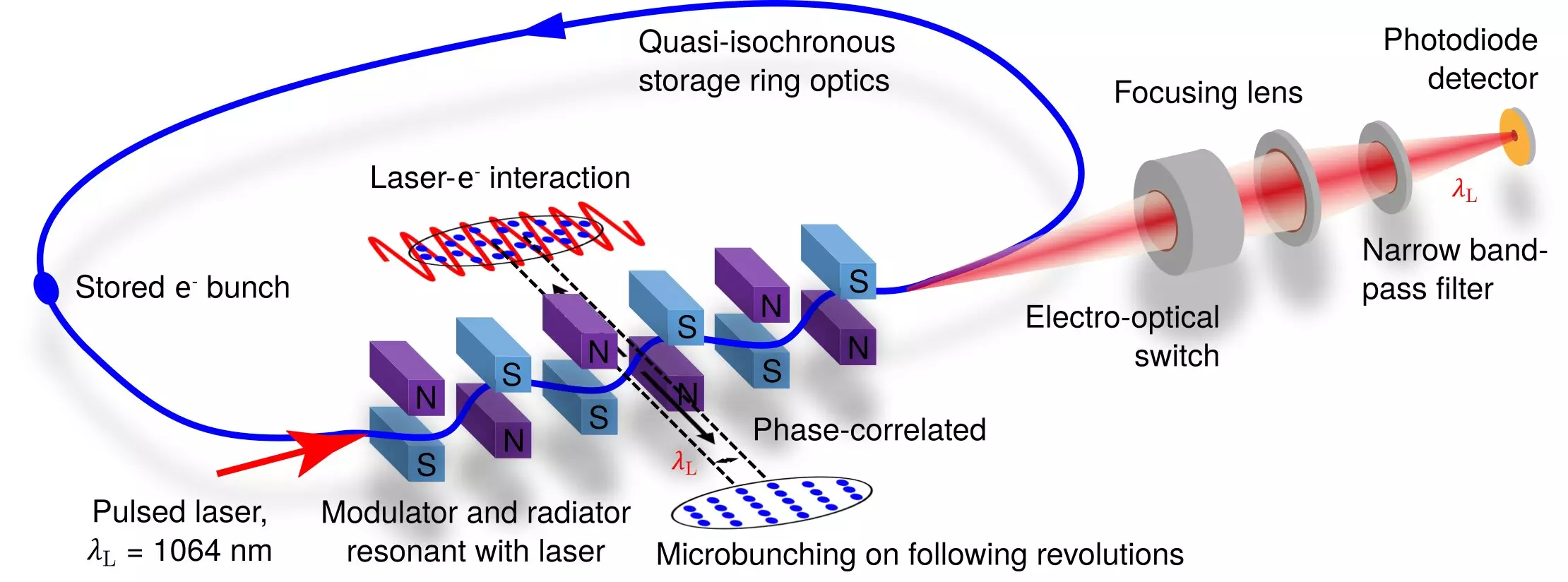When ultrafast electrons are deflected, they emit light called synchrotron radiation. This form of light is used in storage rings to force particles onto a closed path. While the current method yields longitudinally incoherent light with a broad spectrum of wavelengths, there is potential for a more efficient and powerful approach.
In 2010, physicist Alexander Chao and his doctoral student Daniel Ratner made a groundbreaking discovery. By shortening the electron bunches circulating in a storage ring to be shorter than the wavelength of the emitted light, the radiation becomes coherent. This coherent light is not only more powerful but also more efficient for materials research.
Chinese theorist Xiujie Deng introduced a set of parameters for isochronous or “low-alpha” rings, optimizing the Steady-State Micro-Bunching project. Through interactions with a laser, these rings produce micro-bunches of particles that are only one micrometer in length. The successful proof-of-principle experiment conducted in 2021 at the Metrology Light Source validated the feasibility of micro-bunching for coherent light generation.
While the potential of micro-bunching for synchrotron radiation is promising, there are still challenges ahead. HZB project manager Jörg Feikes acknowledges the parallels between the SSMB project and the development of free-electron lasers. Transitioning from experimental proof to practical implementation will require further research and development efforts, akin to the evolution of superconducting accelerators for free-electron lasers.
The advancement of micro-bunching technology in synchrotron radiation offers a glimpse into the future of materials research and scientific discovery. By harnessing the power of coherent light through innovative accelerator designs and laser interactions, researchers are paving the way for more efficient and powerful radiation sources. While the journey towards practical implementation may be long-term, the potential benefits for scientific advancement are immense.


Leave a Reply